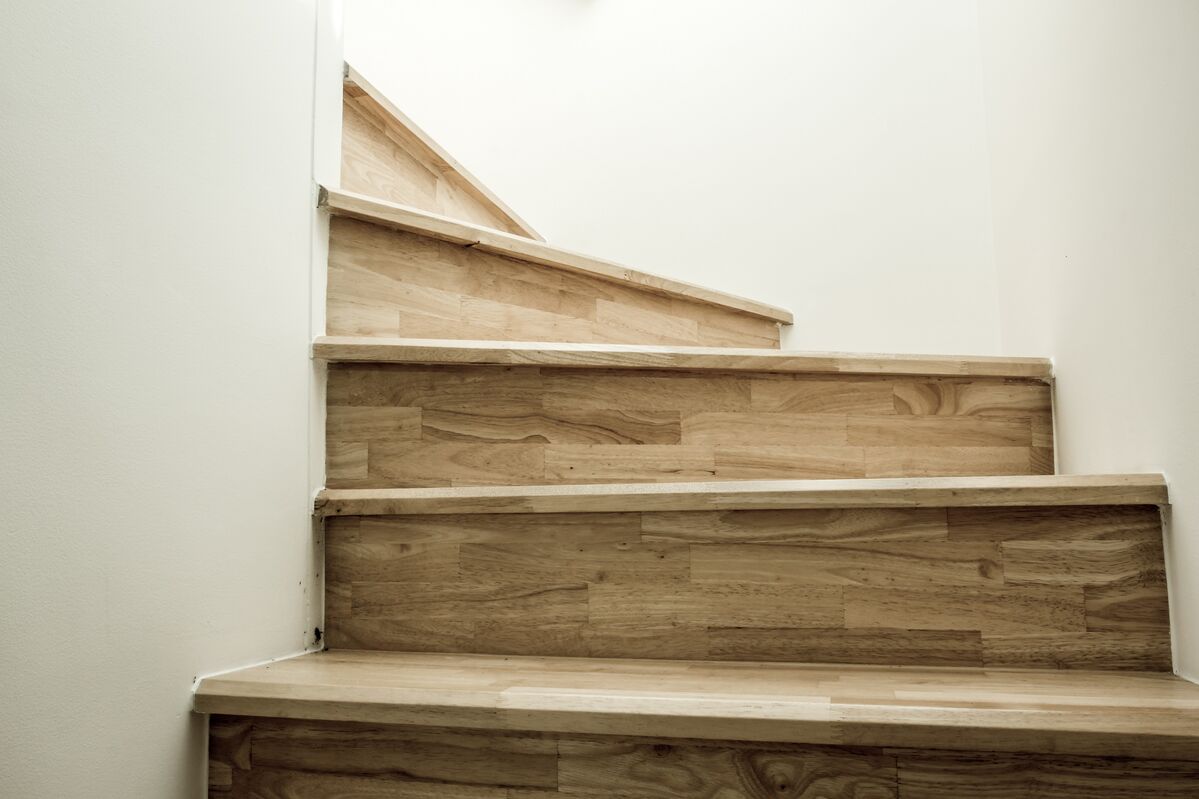
Is it time to install a homelift?
Knowing when it’s time to install mobility aids in your home can be tricky; however, there are plenty of reasons to install a homelift. If you’re unsure what signs to look for and whether it’s time for a mobility aid, read on to discover when to install a homelift.
How to know if it's time to install a homelift
- Physical Limitations
- Difficulty Climbing Stairs
- Increased Risk of Falls
- Peace of Mind
- Help Around the Home
Physical Limitations
The clearest sign that it’s time to invest in a homelift is that you’re feeling physically limited in your own home. From struggling with your mobility to recovering from an injury or operation, there are plenty of reasons why you might not feel as able to move around freely as before.
Questions to ask yourself:
- Do I struggle physically in day-to-day life?
- Do I have aches and pains whilst moving?
- Have I had an accident or operation that requires recovery?
- Have I been diagnosed with a degenerative illness?
No point in the home is more challenging than stairs when physical limitations appear. Whether connecting a day space to a nighttime area or accessing your bathroom, the stairs in our house cannot be avoided. Installing a homelift allows easy movement between floors and takes the pressure off your body while in the home.
Difficulty Climbing Stairs
Even if your physical limitations don’t extend elsewhere, it’s perfectly natural to have difficulty climbing the stairs. Especially if you’re carrying items up and down the stairs, it can be easy to find yourself out of breath or struggling. For those with homes with multiple stories, this can cause you to avoid taking the stairs altogether and stop you from moving freely around your home.
Questions to ask yourself:
- Do I find myself out of breath whilst climbing the stairs?
- Do my joints hurt whilst climbing the stairs?
- Do I struggle to climb the stairs with items?
The stairs don’t have to be an obstacle to overcome, and with a homelift, you’ll be able to move between floors easily. And, unlike with a stairlift, it’s easy to bring whatever you need with you, whether that’s a freshly laundered pile of clothes or a vacuum cleaner. You can even fit multiple people inside our lifts, perfect for those with wheelchairs who want to ride with a carer or those with grandchildren who wish to join in on the ride!
READ MORE: What’s the best alternative to a stairlift?

Increased Risk of Falls
You may also find yourself at a higher risk of falls, or you may have fallen outside of the house and are worried about another trip. Falling can be incredibly scary, and as well as causing injuries, it can make you feel unsteady on your feet moving forward. Whether tripping over a wonky paving stone whilst out and about or a misplaced pair of shoes in the home, it’s easy to lose your footing for no fault of your own.
Stairs are a hotspot for falls, and over 43,000 people in Britain are hospitalised due to a fall on the stairs at home every year. For those who are unsure on their feet, the stairs can be a major obstacle.
Questions to ask yourself:
- Do I feel unsteady on my feet?
- Have I recently had a fall?
- Are my stairs often cluttered and feel unsafe?
Installing a homelift removes this obstacle from your day-to-day life and makes moving between floors significantly safer.
Peace of Mind
Maybe you’re looking for peace of mind, or is your family looking for peace of mind? There can be pressures from family members when you reach later life who might worry about your safety and independence at home, especially family members who don’t live on your doorstep.
Questions to ask yourself:
- Do I live alone?
- Do my family worry about my mobility at home?
- Do I worry about my mobility at home?
Installing a homelift can offer you and your family peace of mind that you’re safe and independent at home. Removing the risk of falling on the stairs from your life and making it easier to navigate your home, a homelift can give you the peace of mind that even if your mobility should decline or you have an accident, you’re still able to move around your home with ease.
READ MORE: The Home Lift Glossary and Jargon Buster
Help Around the Home
Finally, you might not require a homelift for physical reasons but be more interested in having some help around the home. A homelift can be a great help, especially for those who have multiple floors in their homes.
Questions to ask yourself:
- Do I feel overwhelmed with chores?
- Do I often find it takes time to get things that live upstairs back upstairs?
- Do I struggle with the physical challenge of maintaining my home?
From moving items between floors, such as laundry or even sleepy children who need moving from a sofa to their beds at the end of the day to travelling between floors after a long day, there are plenty of advantages to a homelift for non-disabled homeowners.
At Companion, we provide homelifts UK-wide, including everything from your initial consultation to installation and maintenance. All of our lifts comply with the most recent British standards and are tailor-made for your home and your needs. Our professional advisors are on hand 24 hours a day, 365 days a year, for whatever advice or questions you may have.
If you’re interested in a homelift, why not request a callback at a time that suits you and find out more about upgrading your independence at home?
For more tips, guides and advice, visit our news page.
